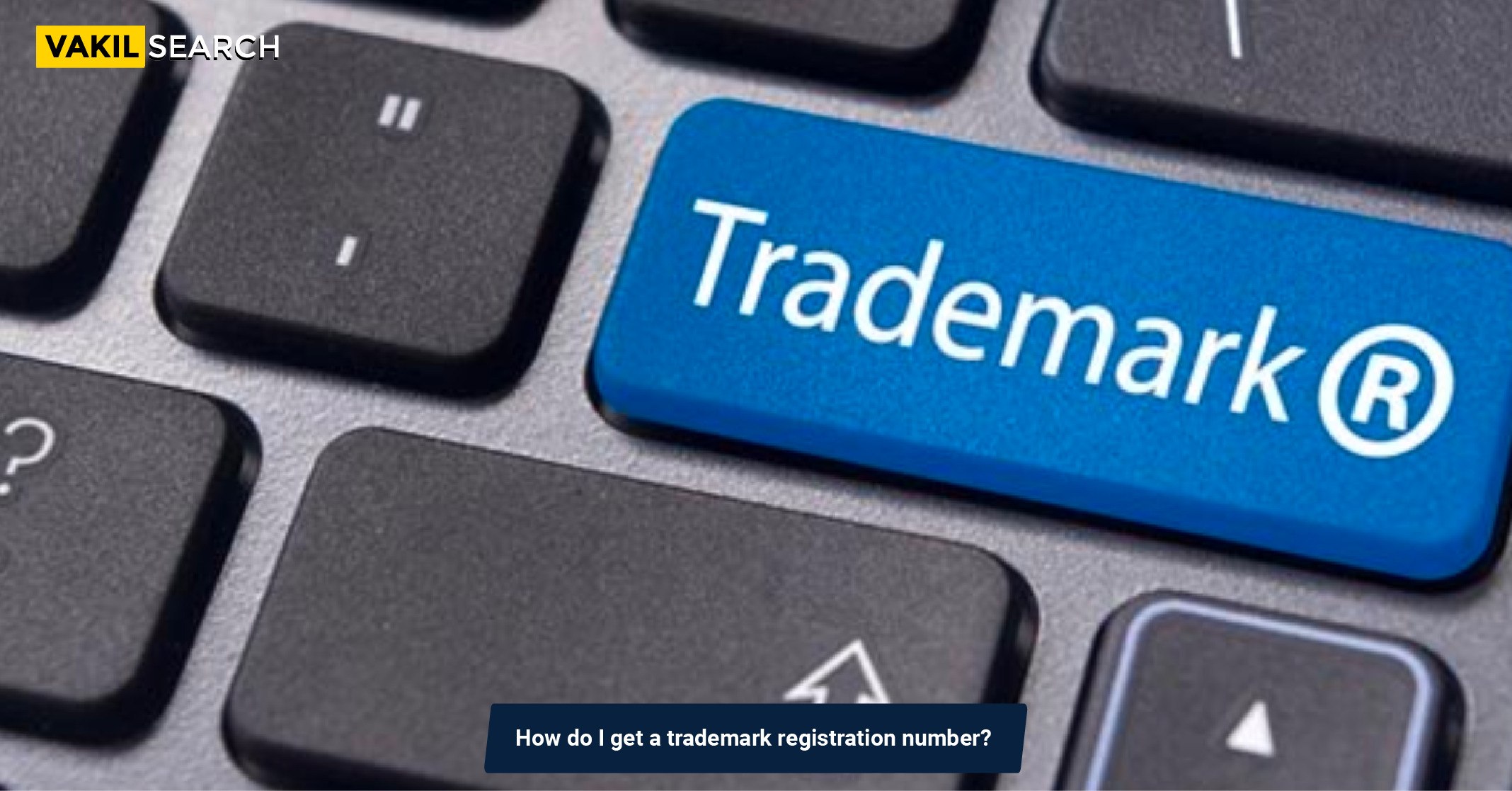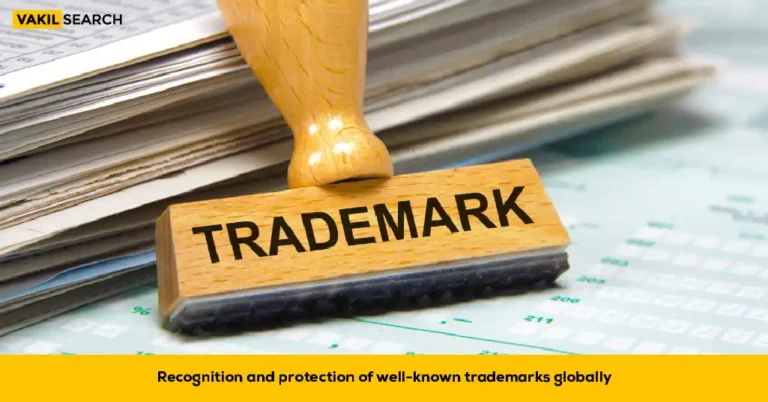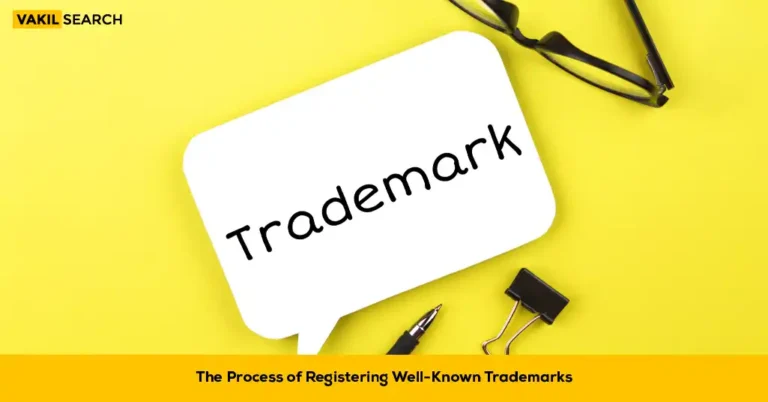To obtain a trademark registration number, you need to apply for trademark registration with the appropriate government agency. This involves conducting a thorough search, filing the application, and undergoing the examination process. Once approved, your trademark will receive a registration number, granting you exclusive rights to your brand.
Introduction
In today’s fast-paced business world, trademarks play a crucial role in establishing brand identity and protecting intellectual property. Whether you are an entrepreneur launching a new business or an established company looking to safeguard your brand, obtaining a trademark registration number is a pivotal step in the process. In India, the trademark registration number is a unique identifier that not only signifies your ownership of a trademark but also facilitates the tracking of your application’s progress.
We will now get into the intricacies of obtaining a trademark registration number in India. We will explore the step-by-step process, discuss the importance of this number, and provide insights into the various aspects related to trademark registration.
The Role of Trademark Registration Numbers in Brand Protection
Understanding Trademarks in India
1.1 Definition and Importance
A trademark is a distinctive sign that identifies and distinguishes goods or services of one business from those of others. It can take the form of a word, logo, slogan, or even a combination of these elements. In India, trademarks are protected under the Trade Marks Act, 1999, and obtaining a trademark registration is essential for businesses looking to protect their brand identity.
The importance of trademarks lies in their ability to:
- Establish brand identity and reputation.
- Protect consumers from confusion or deception.
- Prevent unauthorised use of your brand.
- Create intangible assets for your business.
1.2 Types of Trademarks
In India, trademarks can be classified into various categories, including:
- Word Mark: This includes names, words, or letters, and is the most common type of trademark.
- Logo Mark: These are graphical representations of a trademark.
- Combination Mark: These trademarks combine both word and logo elements.
- Sound Mark: This pertains to non-conventional marks like sounds or jingles.
- Three-Dimensional Mark: This category includes the shape of goods or their packaging.
- Service Mark: These are used to identify services instead of physical goods.
Each type of trademark has its own requirements and considerations, but the process of obtaining a trademark registration number remains largely the same.
The Trademark Registration Process
Obtaining a trademark registration number in India involves several stages. Here, we’ll walk you through the process step by step:
2.1 Pre-application Considerations
Before you start the registration process, it’s important to consider the following:
- Trademark Search: Conduct a comprehensive search to ensure your desired trademark is unique and not already registered.
- Trademark Classes: Identify the appropriate class or classes under which your goods or services fall. There are 45 different classes in India’s trademark classification system.
- Distinctiveness: Ensure your trademark is distinctive and not generic or descriptive.
2.2 Application Filing
Once you have completed the pre-application considerations, you can file your trademark application with the Trademark Registrar. You can do this online through the Trademark Office’s official website or offline by visiting the nearest trademark office.
2.3 Examination by the Trademark Office
After filing, the Trademark Office will review your application to ensure it complies with all legal requirements. This includes assessing the distinctiveness of your trademark and its suitability for registration.
2.4 Publication in the Trademark Journal
If your application passes the examination stage, it will be published in the Trademark Journal. This allows third parties to oppose your application within a specified period (usually four months).
2.5 Opposition (if any)
If there are no oppositions or if you successfully overcome them, your application will proceed to registration.
2.6 Registration Certificate
Upon successful completion of the above steps, you will be issued a registration certificate. This certificate will contain your trademark registration number, among other important details.
The Significance of a Trademark Registration Number
3.1 Identifying Your Trademark Application
Your trademark registration number is a unique identifier assigned to your application. It distinguishes your application from others in the Trademark Office’s records.
3.2 Tracking the Progress of Your Application
One of the primary advantages of having a trademark registration number is the ability to track the progress of your application. You can do this by regularly checking the status of your application on the official website of the Trademark Office. This tracking feature provides transparency and allows you to stay informed about the various stages your application goes through.
3.3 Enforcement and Legal Protection
Having a trademark registration number is a crucial aspect of enforcing your trademark rights. If someone infringes on your trademark, you can take legal action and present your registration certificate as evidence of your ownership. This can be a powerful tool in protecting your brand from unauthorised use.
Step-by-Step Guide to Obtaining Your Trademark Registration Number
4.1 Conducting a Trademark Search
Before filing your application, it’s essential to perform a trademark search to ensure that your desired trademark is available for registration. This search can be conducted on the official website of the Trademark Registry.
4.2 Preparing Your Application
Prepare the necessary documents and information for your trademark application, including:
- Applicant details
- Representation of the trademark
- List of goods or services
- Trademark class
4.3 Filing the Application
Submit your application online or at the nearest trademark office. Pay the requisite filing fees, which depend on the mode of filing and the number of classes you apply under.
4.4 Responding to Examination Reports
If the Trademark Office issues an examination report, address any objections raised within the stipulated time frame. This may involve amending your application or providing clarifications.
4.5 Overcoming Oppositions
If third parties oppose your application, you will need to respond to these oppositions and, if possible, resolve them amicably.
4.6 Receiving the Registration Certificate
Once your application successfully navigates through all stages, you will receive the coveted registration certificate, complete with your trademark registration number.
Conclusion
In summary, getting a trademark registration number in India is crucial for protecting your brand and intellectual property. It not only sets your trademark apart but also helps you monitor its progress and defend your rights effectively.
The trademark registration process involves assessing your trademark’s uniqueness, conducting a search, filing the application, handling examination reports, and dealing with any opposition. While it can be challenging, the benefits of securing your brand’s identity and reputation make it worthwhile.
In India’s competitive business landscape, trademark registration is a vital tool for safeguarding your brand’s longevity and staying memorable to consumers. Start your journey toward obtaining your trademark registration number today for brand protection and recognition in the Indian market.
FAQs on Trademark Registration Number
How long does the trademark registration process take?
The timeline for trademark registration in India can vary but typically takes around 18-24 months, provided there are no opposition or objections.
Can I trademark a sound or smell?
Yes, India allows the registration of non-conventional trademarks, including sound marks and smell marks, provided they meet the required criteria.
What if my trademark is opposed?
If your trademark faces opposition, you will have an opportunity to respond and defend your application. If the opposition is unsuccessful, your trademark will proceed to registration.
What are the tips for a Successful Registration?
1. Conduct a thorough trademark search to avoid conflicts. 2. Ensure your trademark is distinctive and not generic or descriptive. 3. Maintain proper records of your trademark application, including your registration number. 4. Seek legal counsel for complex cases or disputes.










